s-t graph of a particle in motion is as shown below. 
(a) State, whether the given graph represents a uniform motion or not.
(b) Find velocity of the particle.
The correct Answer is:B
(a) v=slope of s-t graph. Since, the given s-t graph is a straight line and slope of a
straight line is always constant. Hence, velocity is constant. Therefore, the given
graph represents a uniform motion.
v=slope of s-t graph =−105=−2m/s
Topper's Solved these Questions
- BOOK - DC PANDEY ENGLISHCHAPTER - KINEMATICSEXERCISE - Example Type 11videos
KINEMATICS
- BOOK - DC PANDEY ENGLISHCHAPTER - KINEMATICSEXERCISE - Example Type 21videos
KINEMATICS
- BOOK - DC PANDEY ENGLISHCHAPTER - GRAVITATIONEXERCISE - (C) Chapter Exercises45videos
GRAVITATION
- BOOK - DC PANDEY ENGLISHCHAPTER - KINEMATICS 1EXERCISE - INTEGER_TYPE15videos
KINEMATICS 1
Similar Questions
Which of the following graph represents uniform motion
View SolutionWhich of the following graph represents uniform motion
View Solutions-t graph of a particle in motion is shown in Fig. Calculate
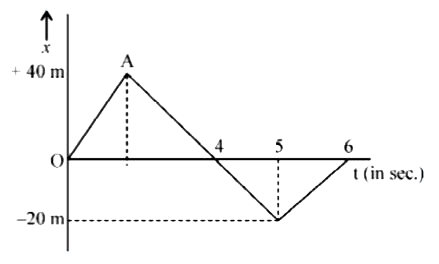
Average speedView Solutions-t graph of a particle in motion is shown in Fig. Calculate
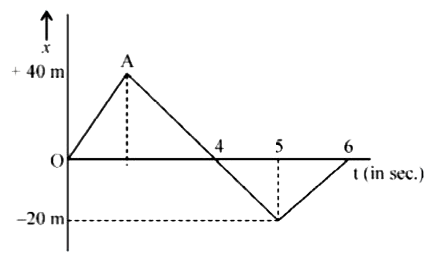
DisplacementView Solutions-t graph of a particle in motion is shown in Fig. Calculate Average velocity
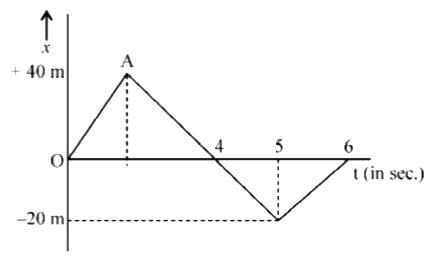
View Solutions-t graph of a particle in motion is shown in Fig. Calculate
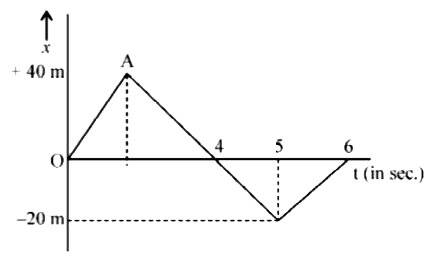
Total covered distanceView SolutionThe displacement-time graph of a particle is as shown below. It indicates that
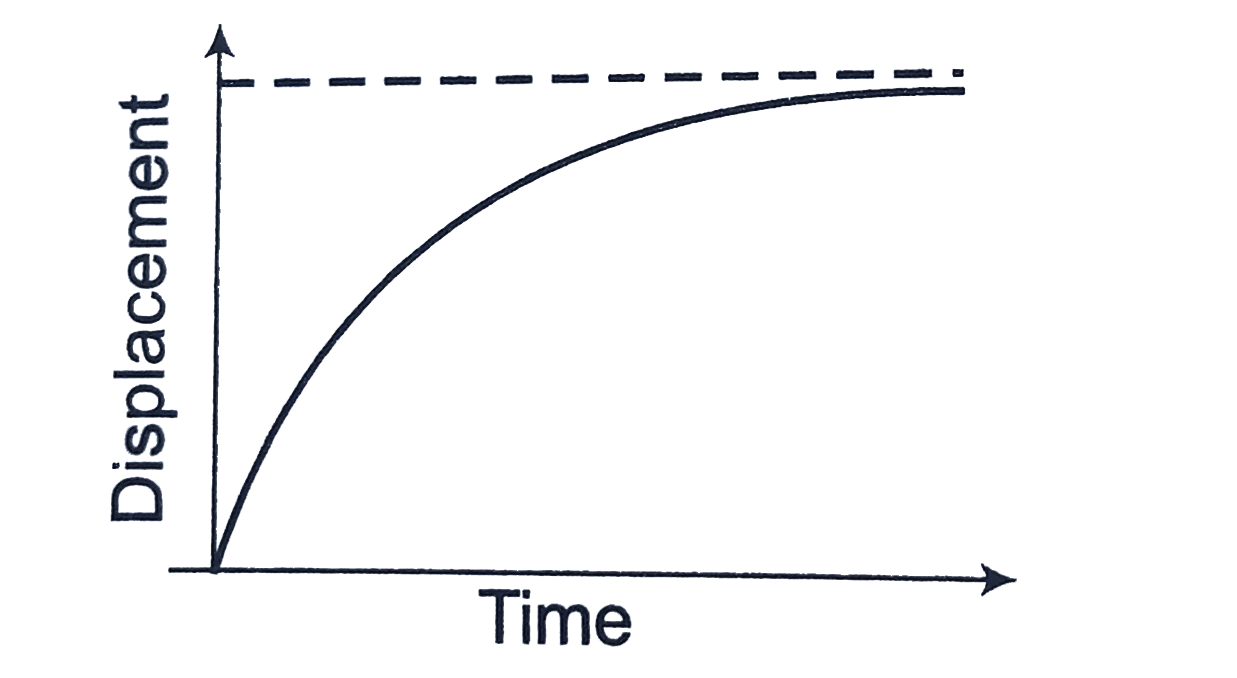 View Solution
View SolutionWhich of the following velocity-time graphs represent uniform motion
View SolutionDraw the x-t graph of an object in uniform motion.
View SolutionDisplacement-time equation of a particle moving along x-axis is x=20+t3−12t (SI units)
(a) Find, position and velocity of particle at time t=0.
(b) State whether the motion is uniformly accelerated or not.
(c) Find position of particle when velocity of particle is zero.View Solution

